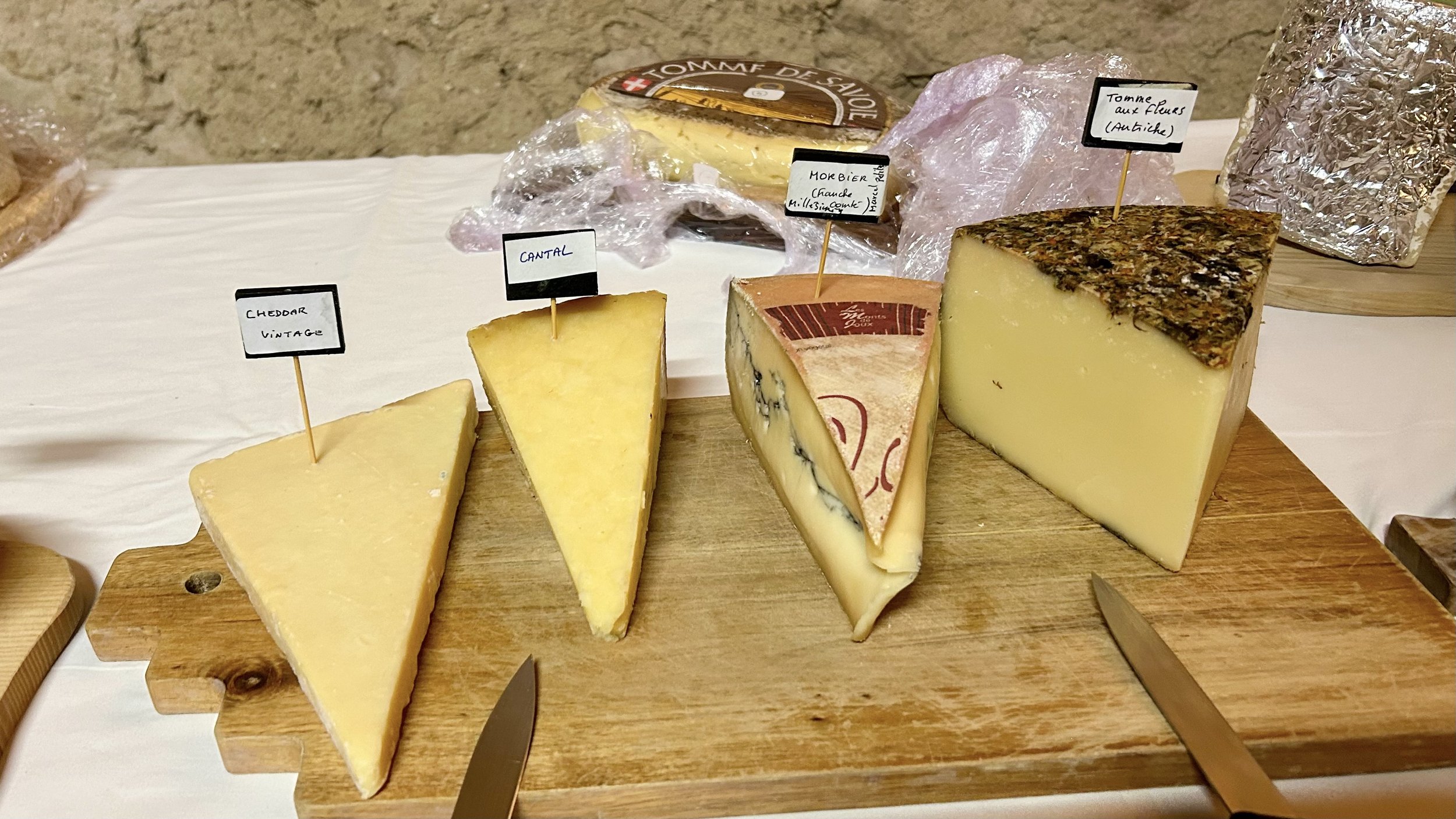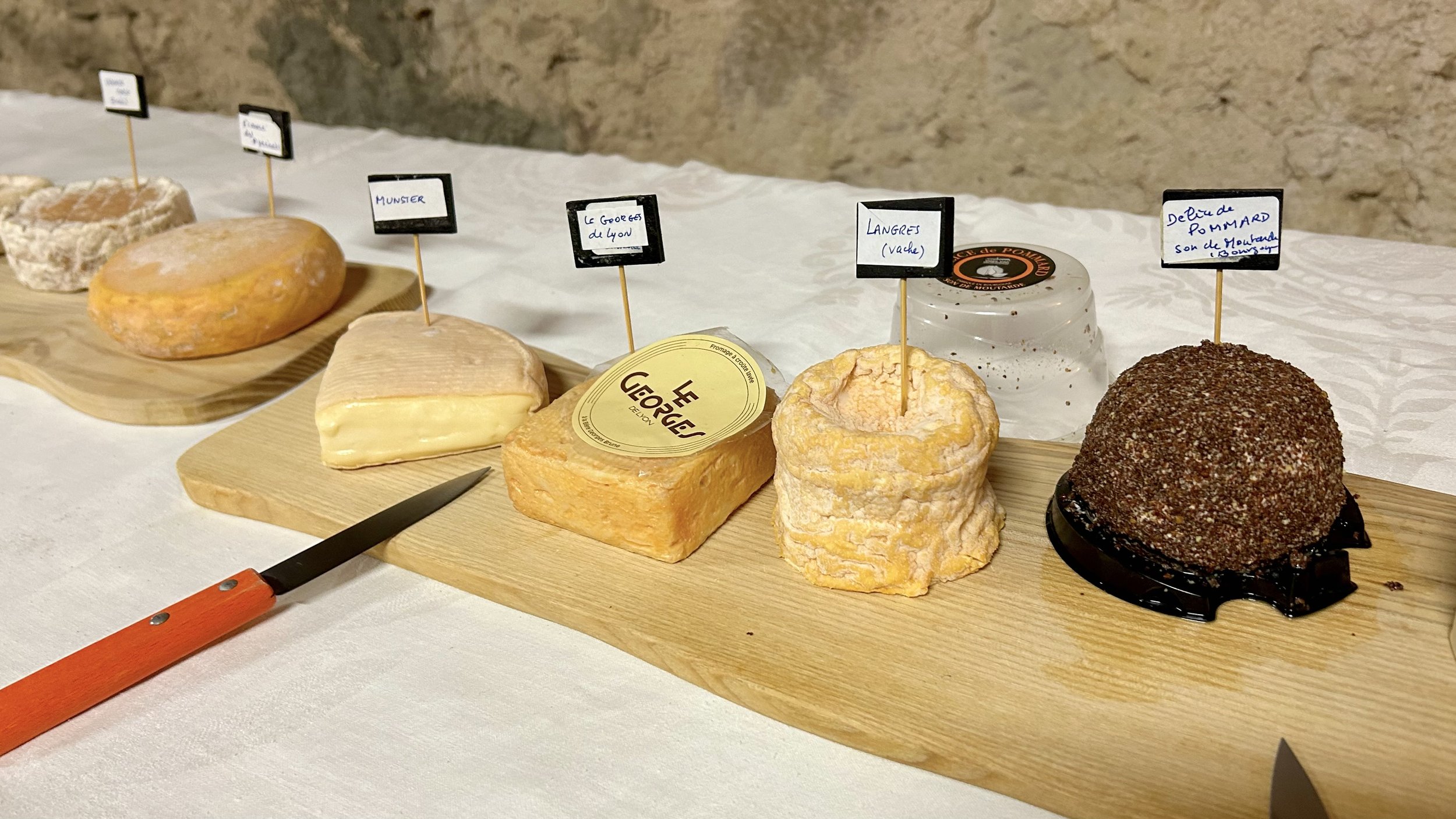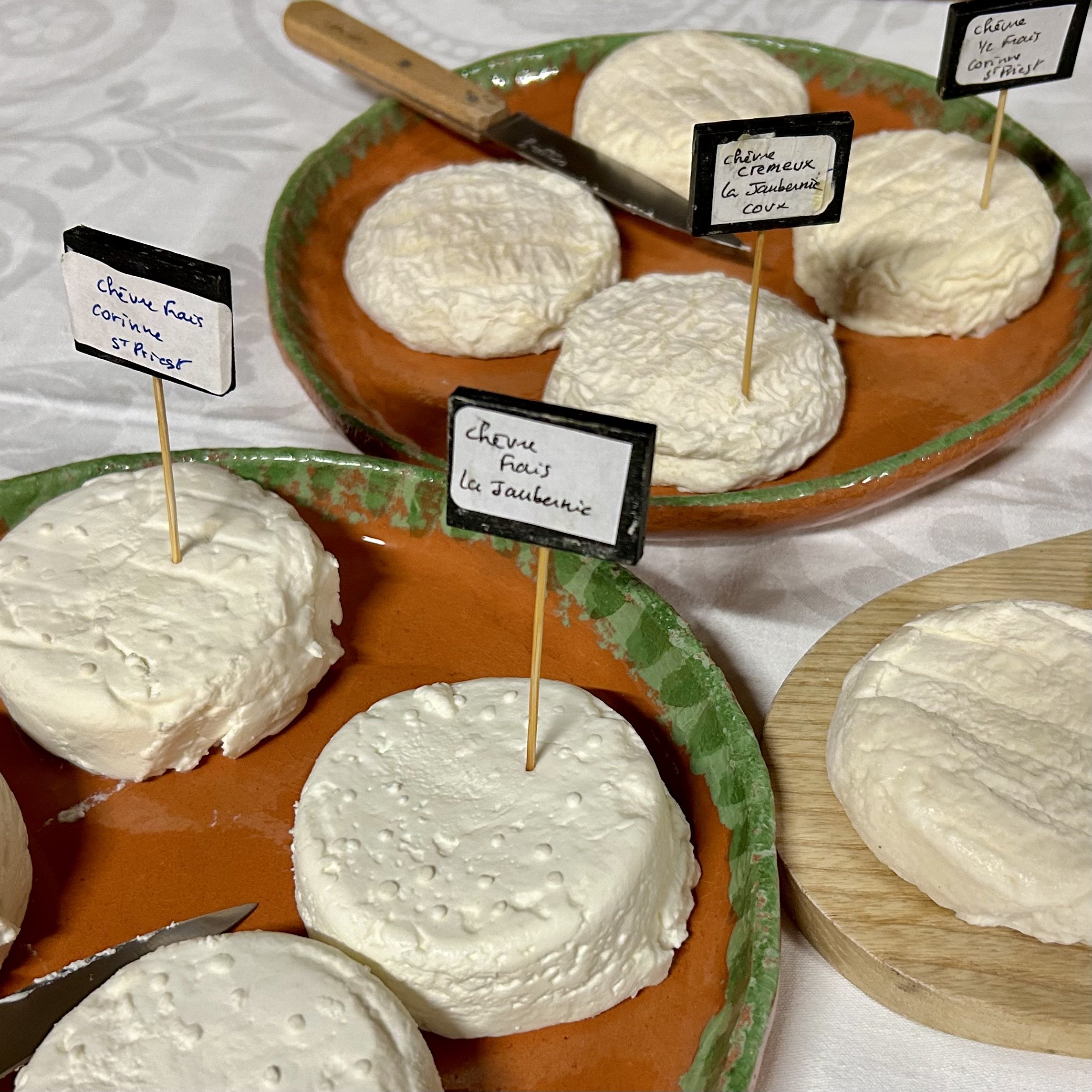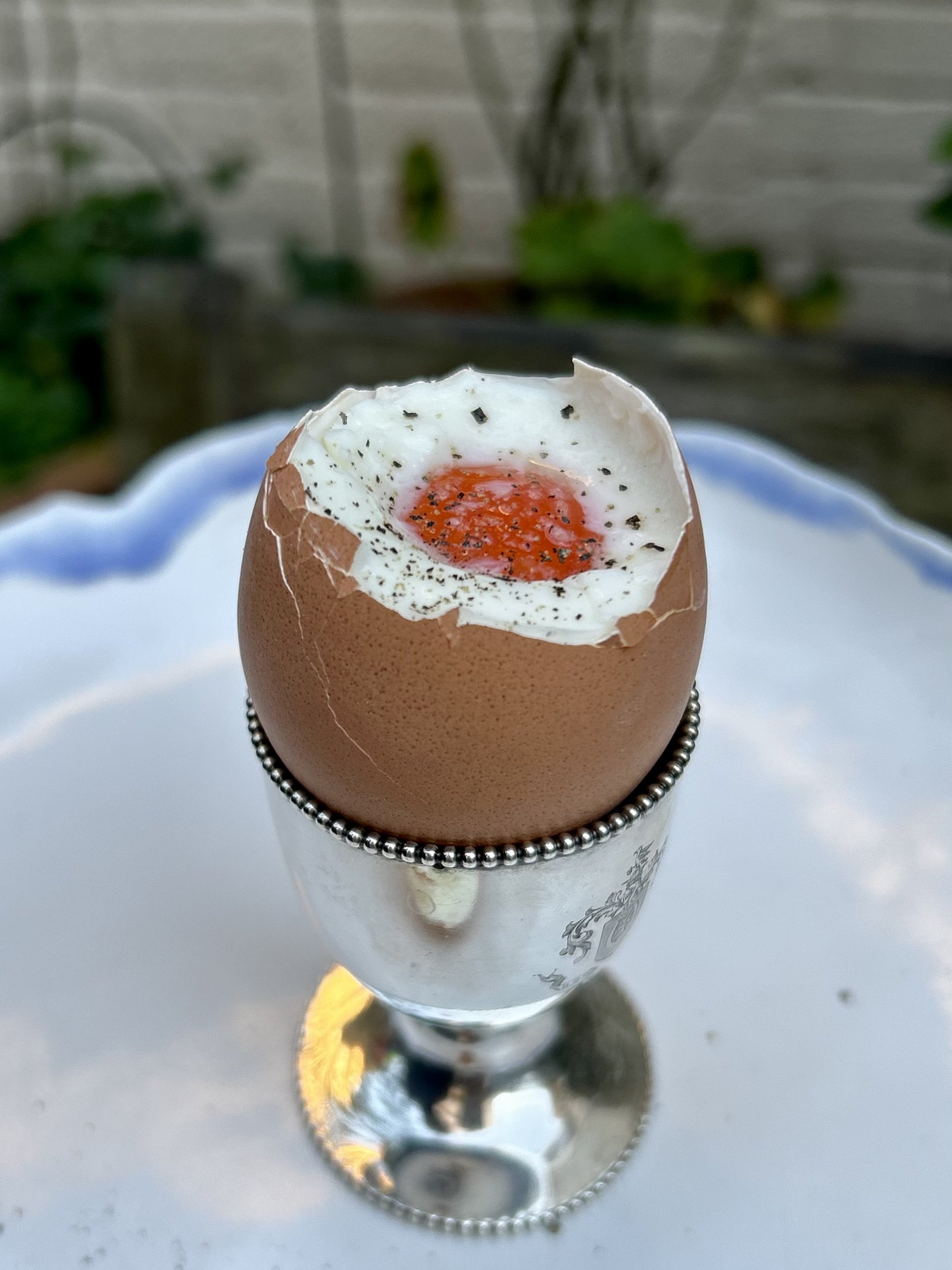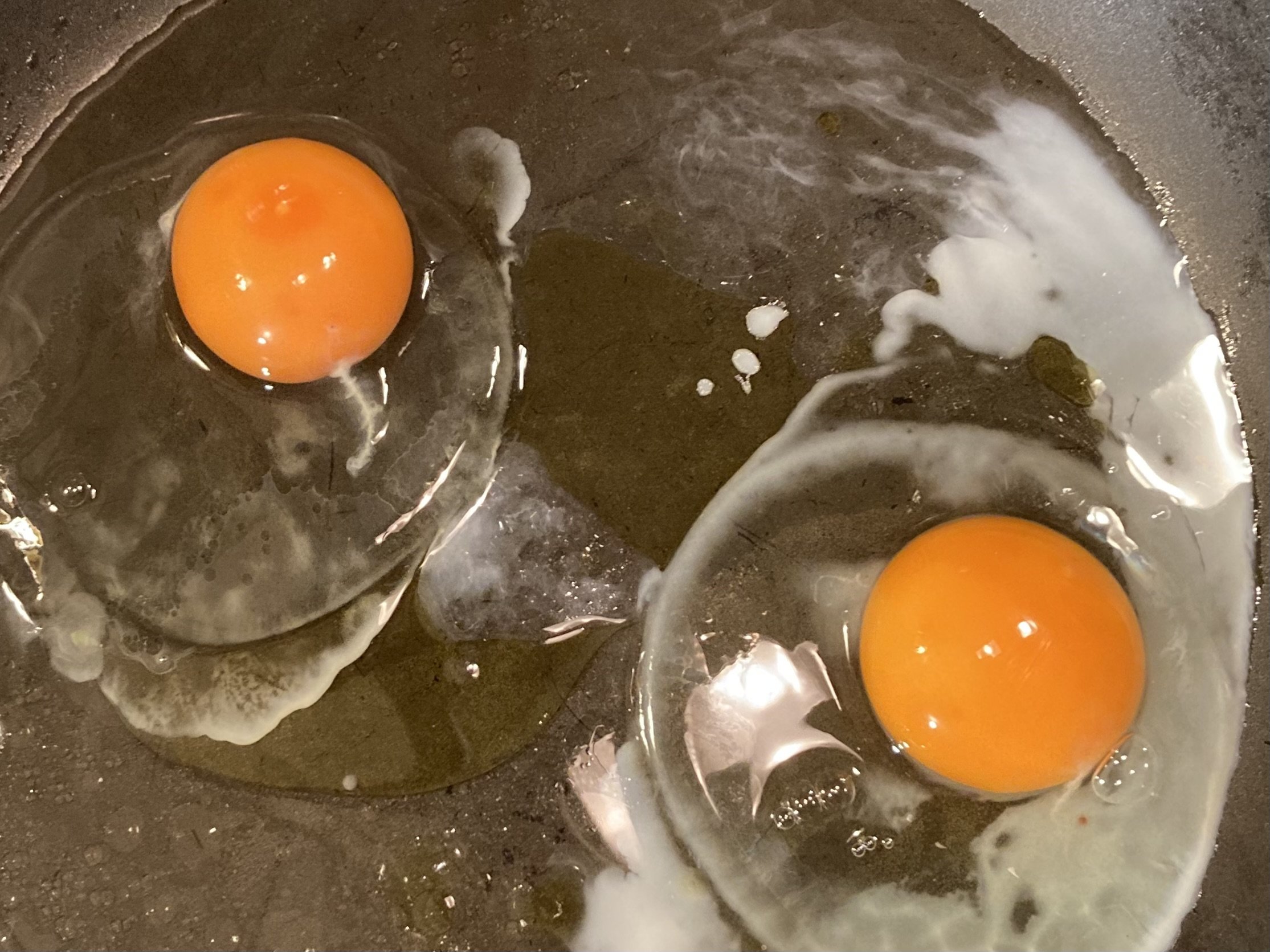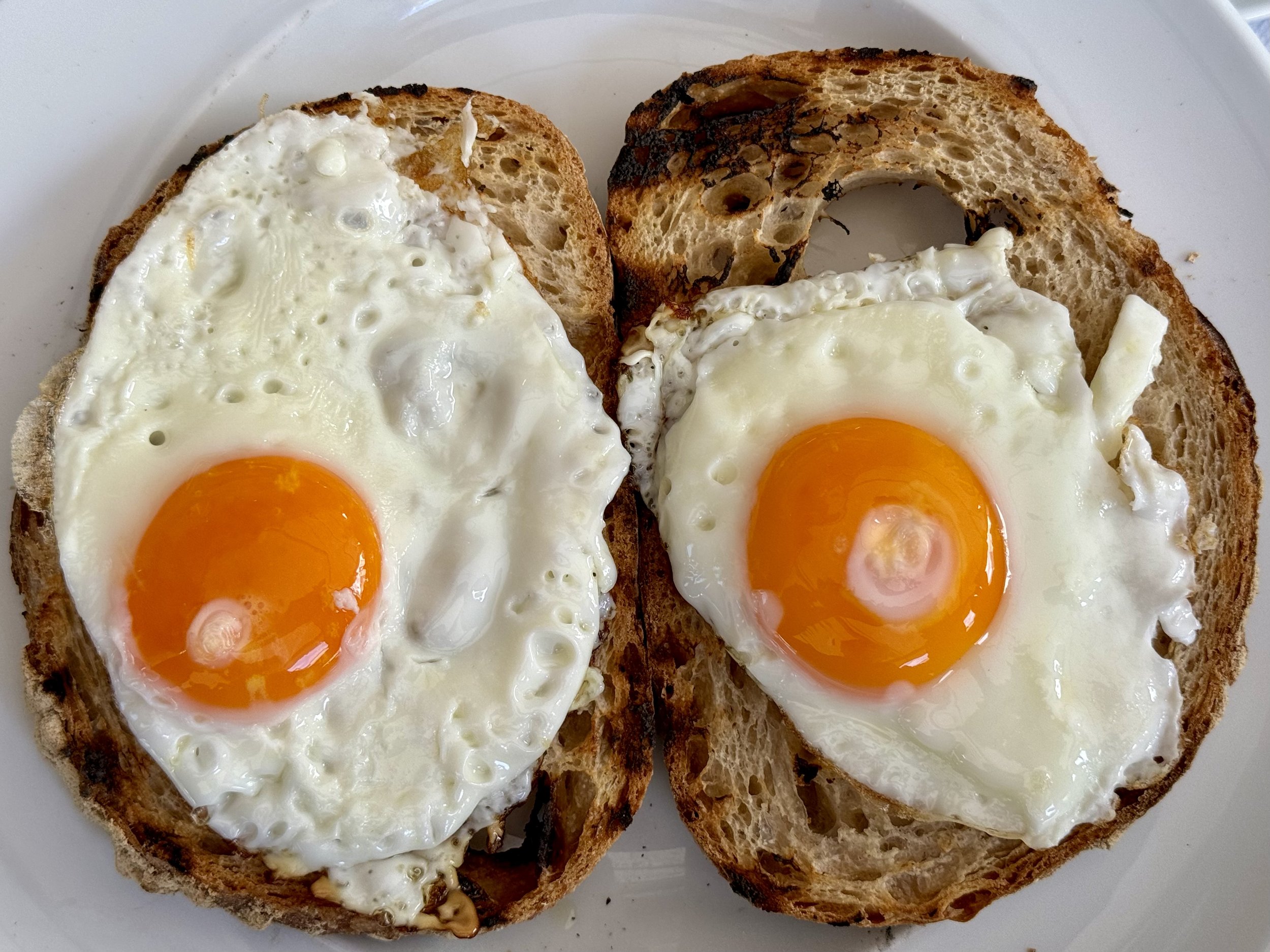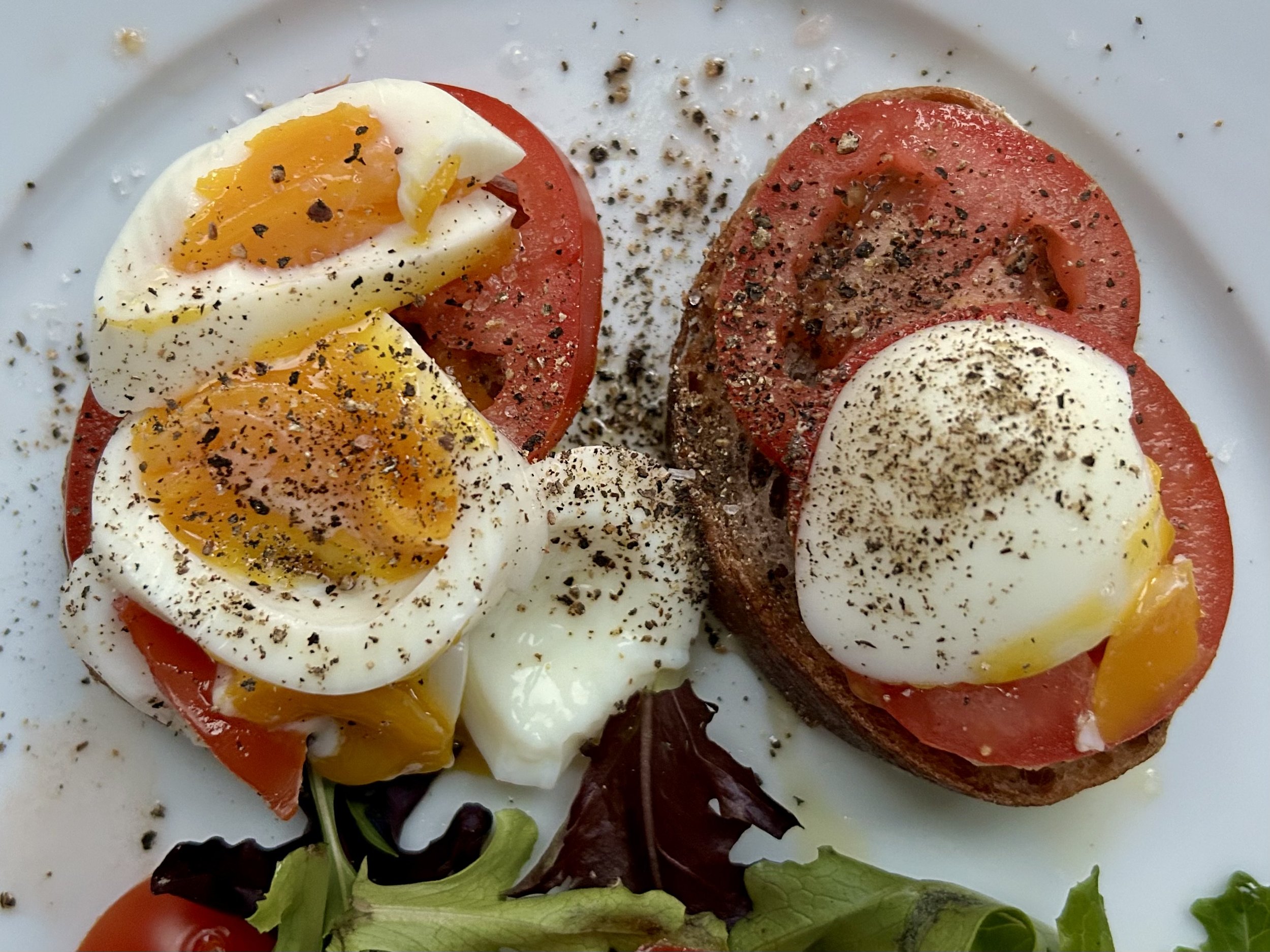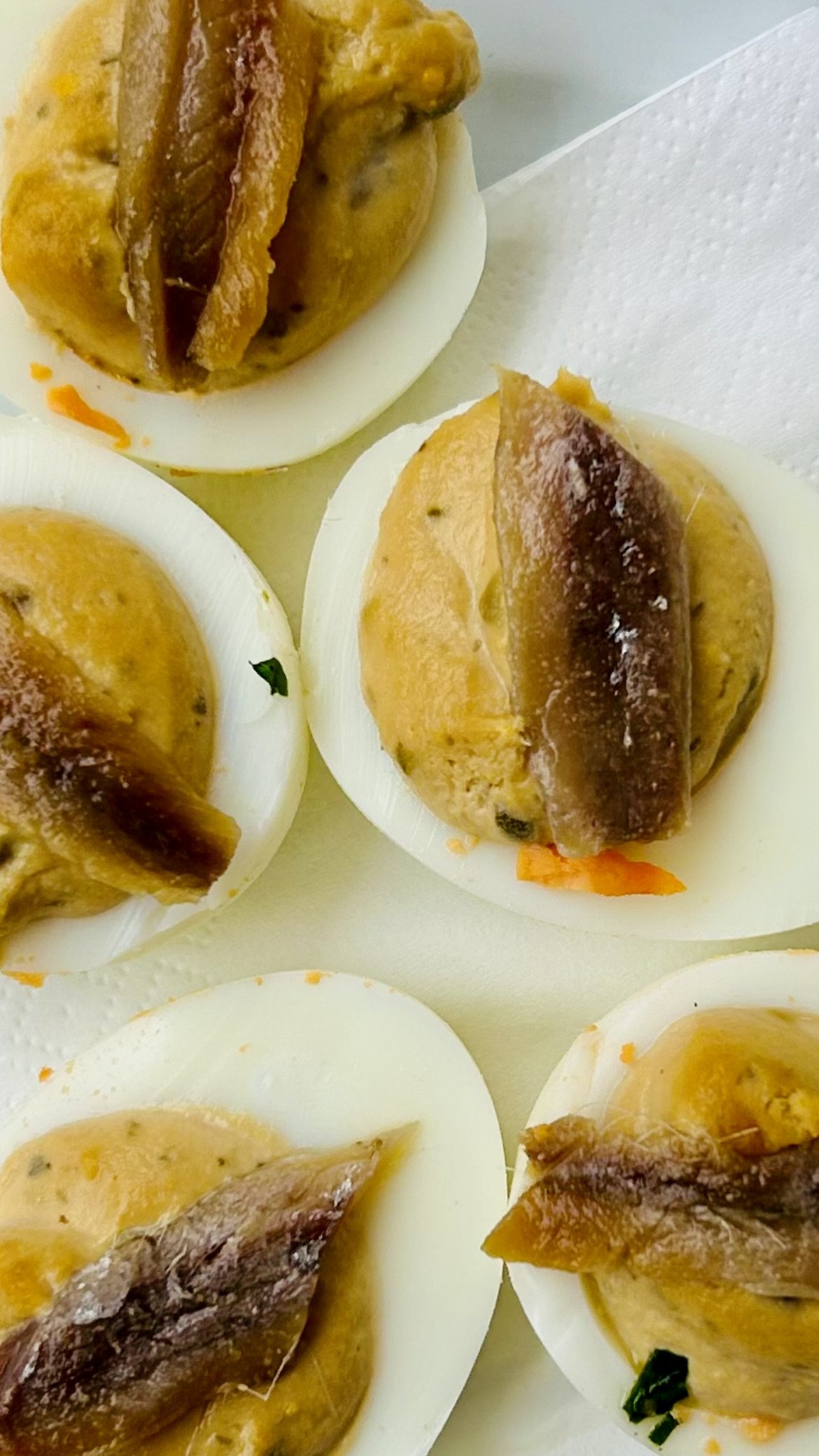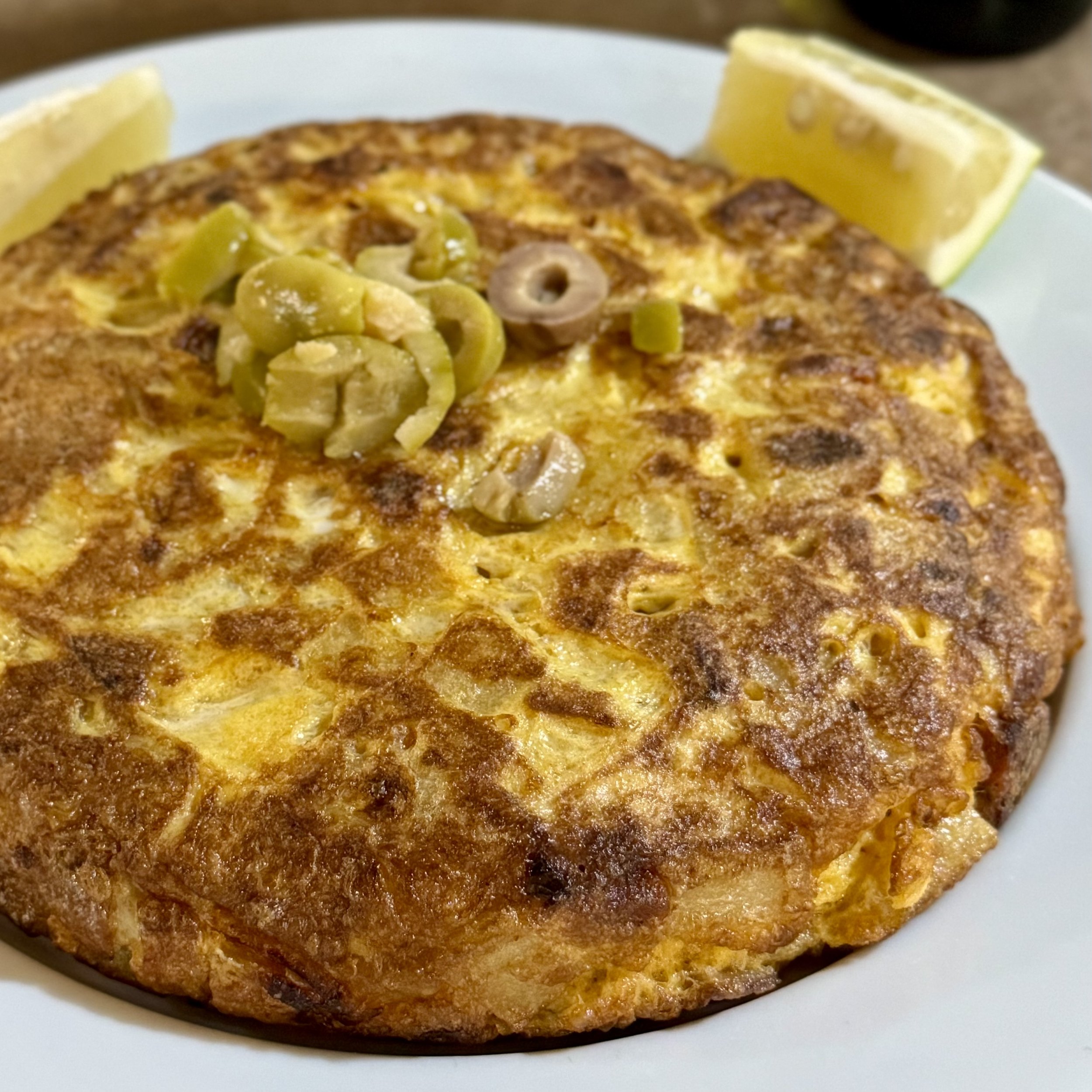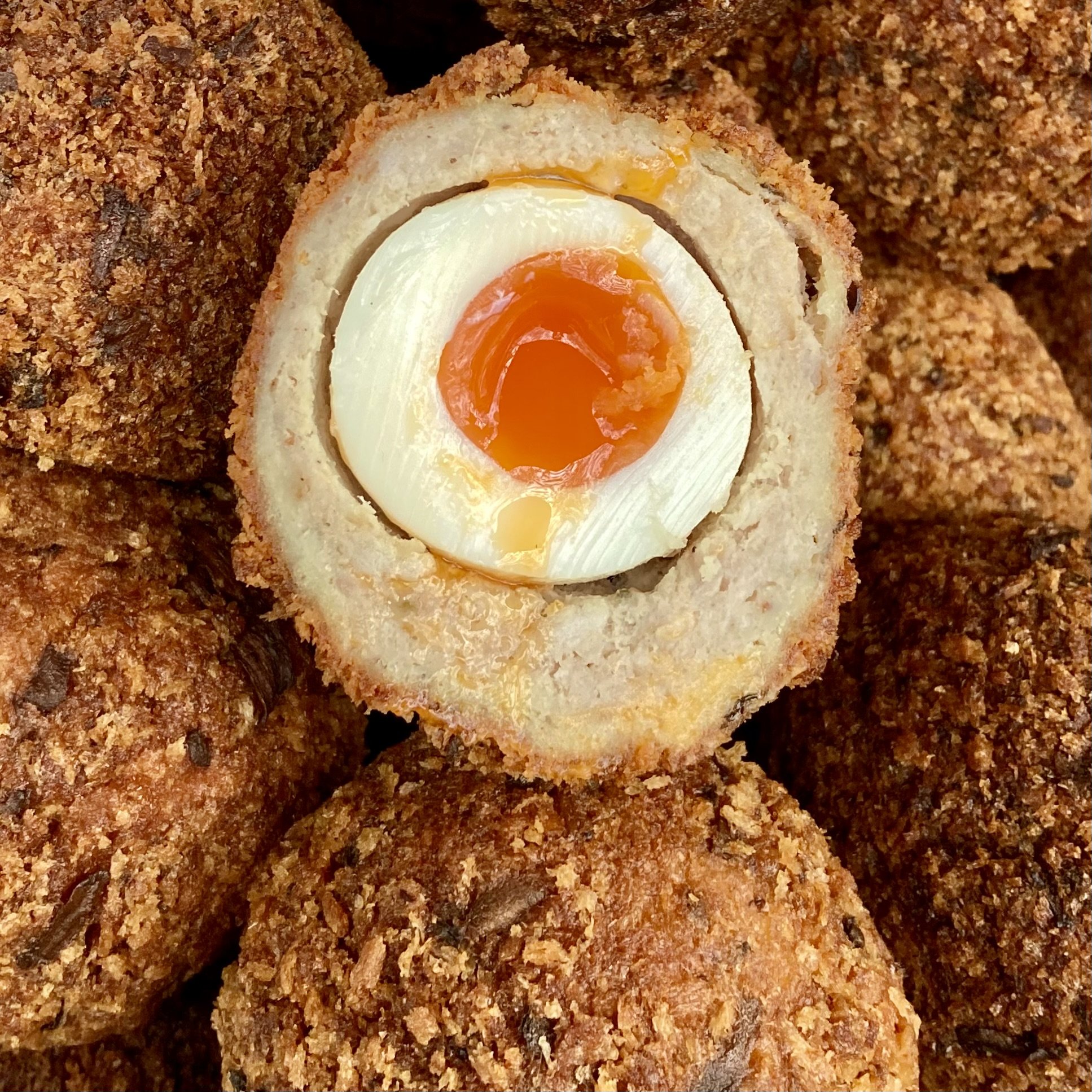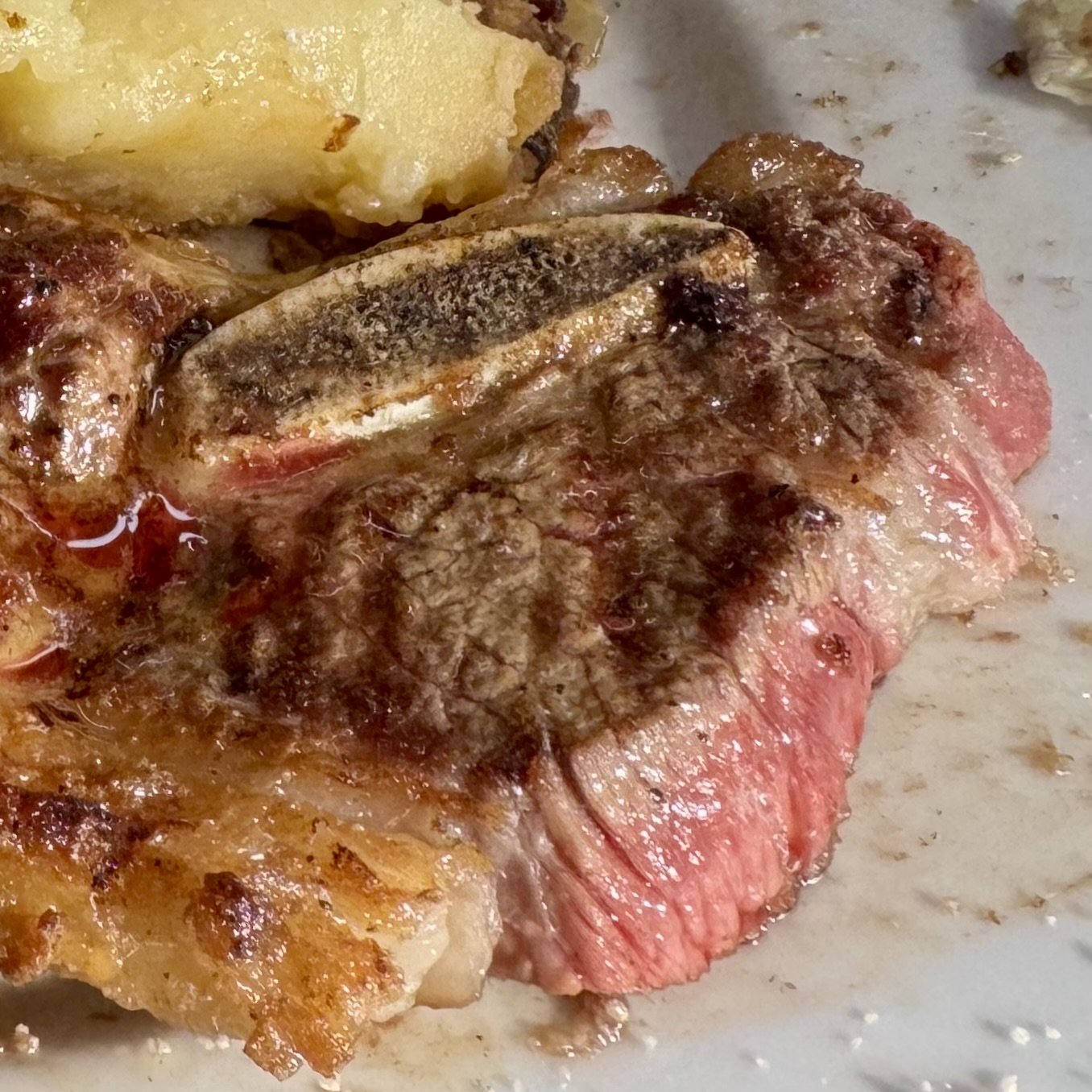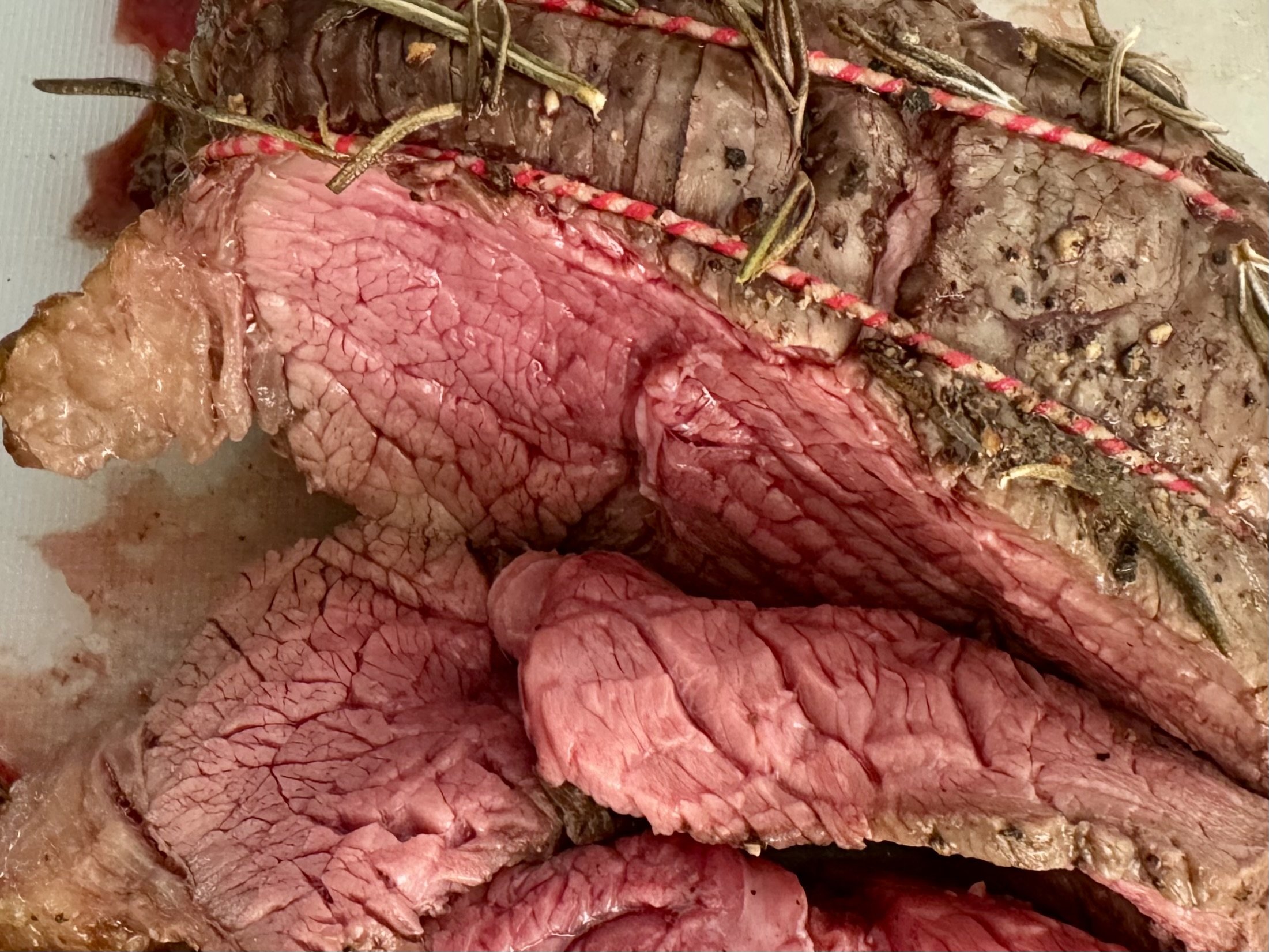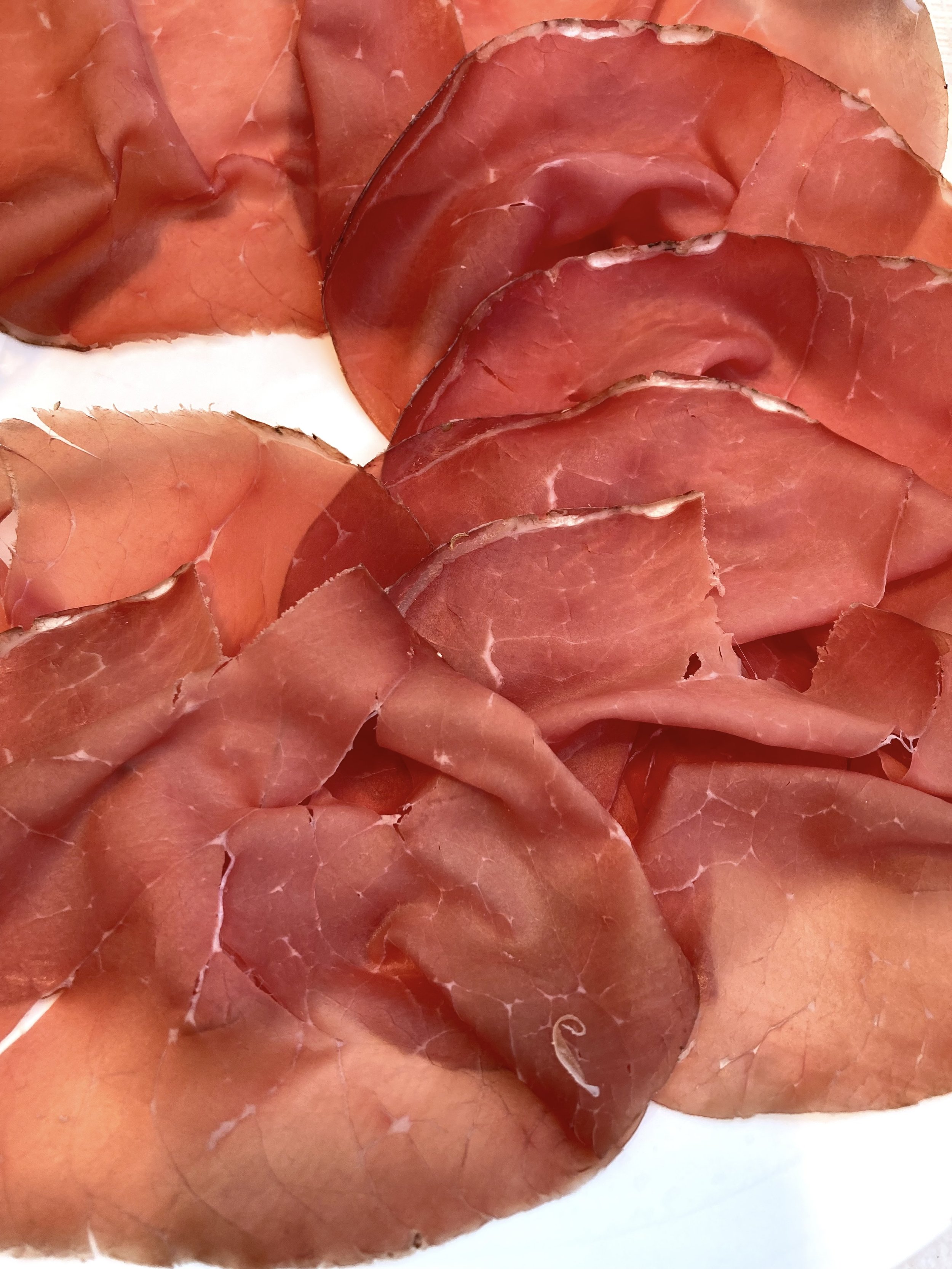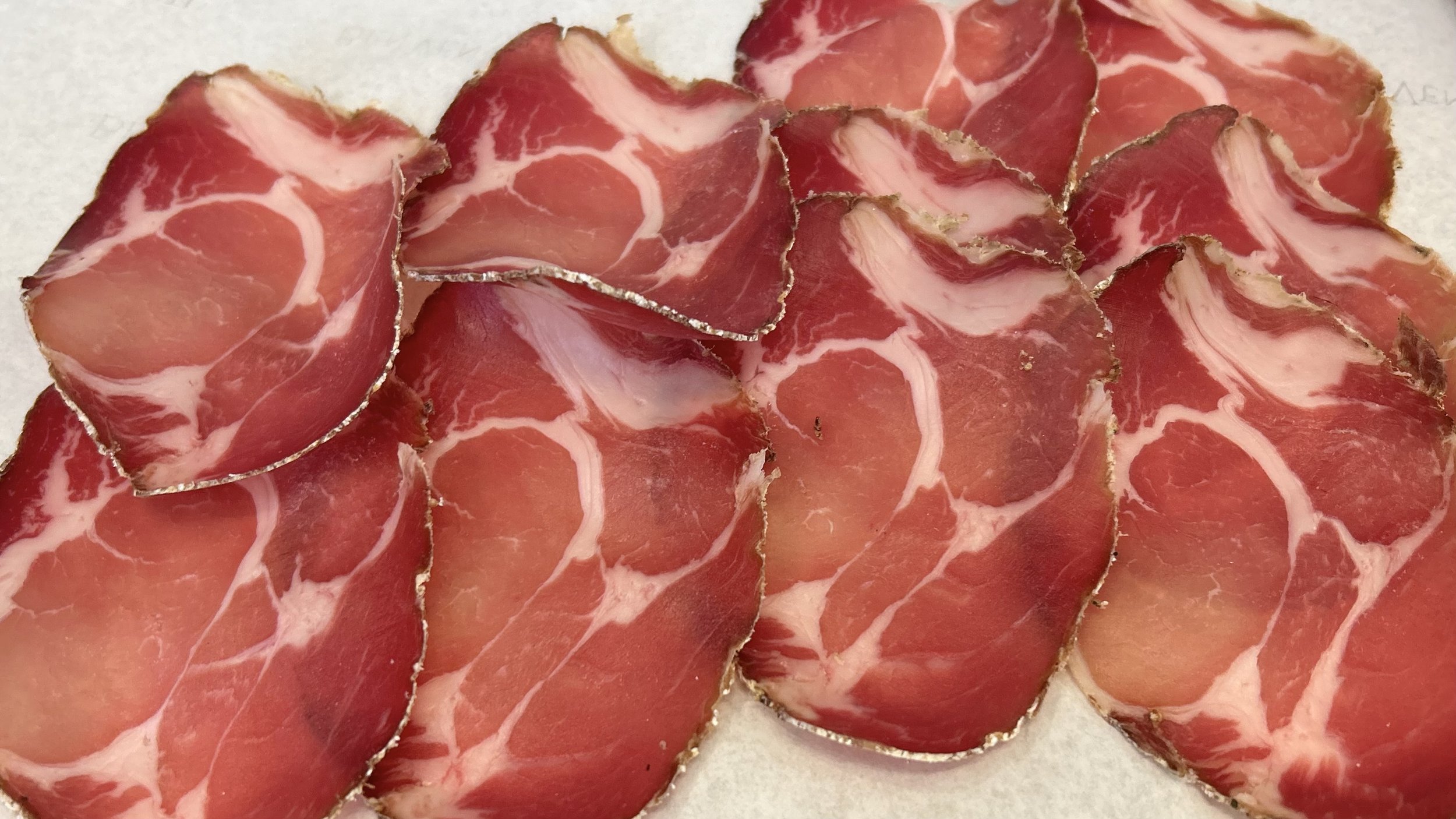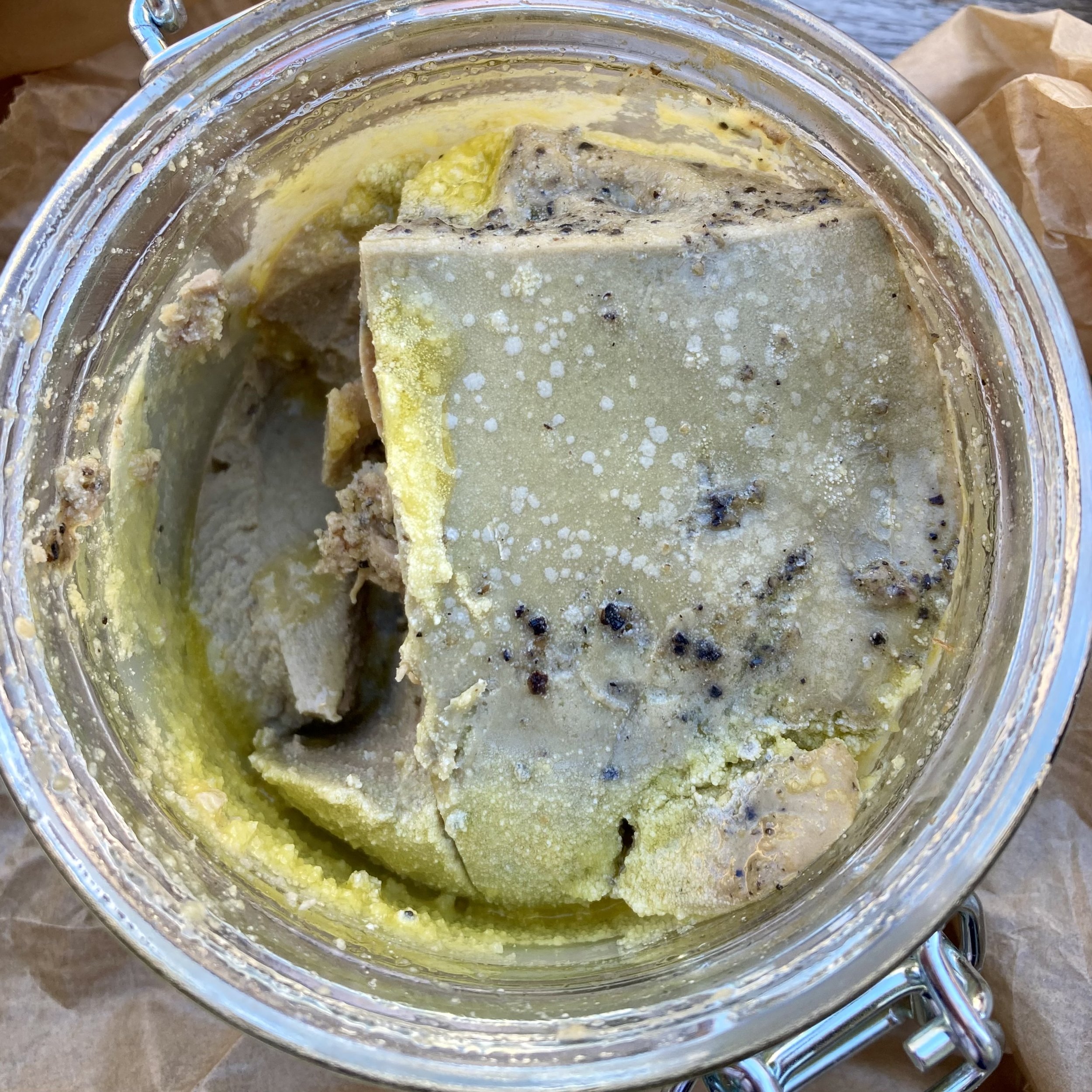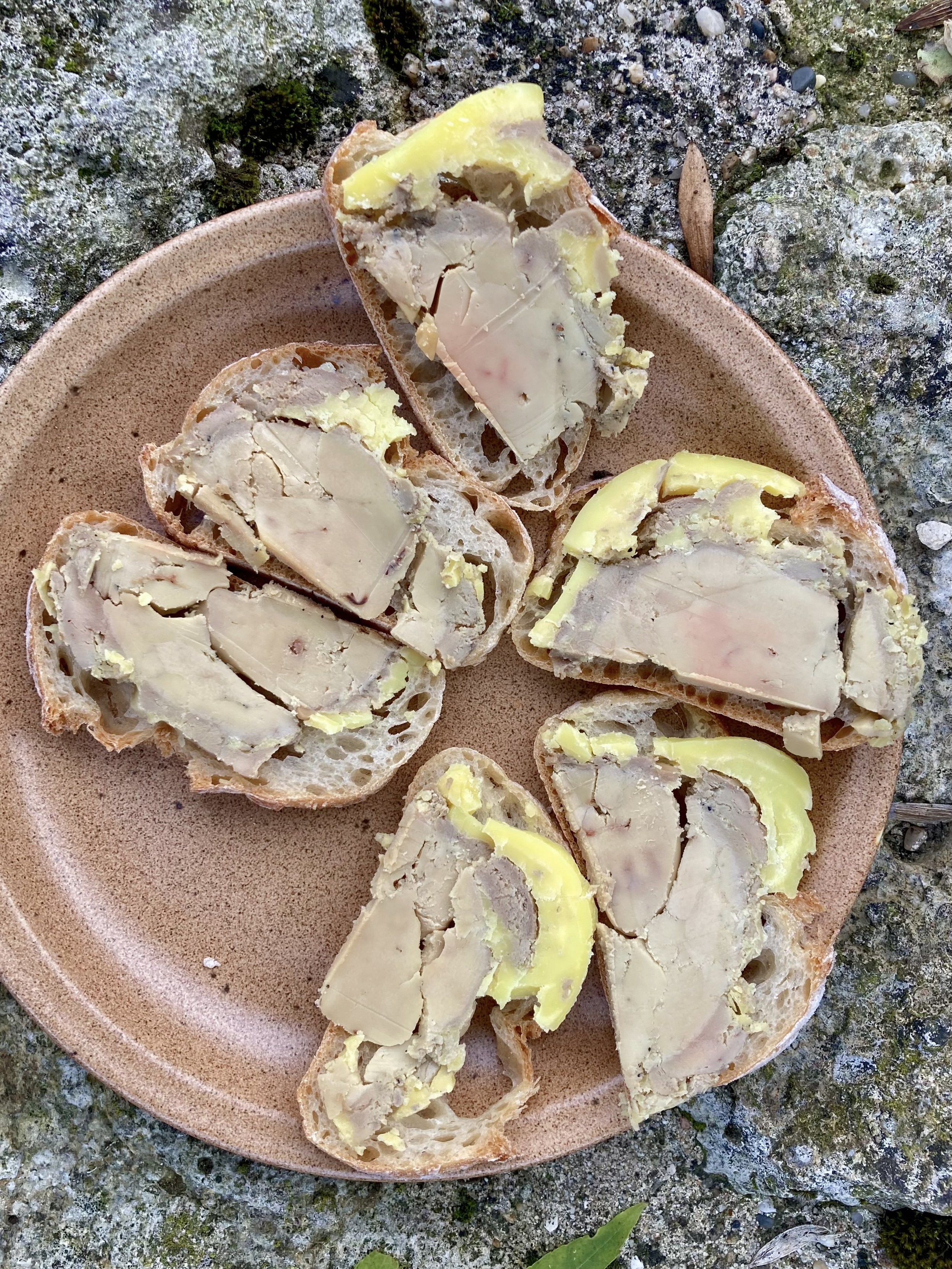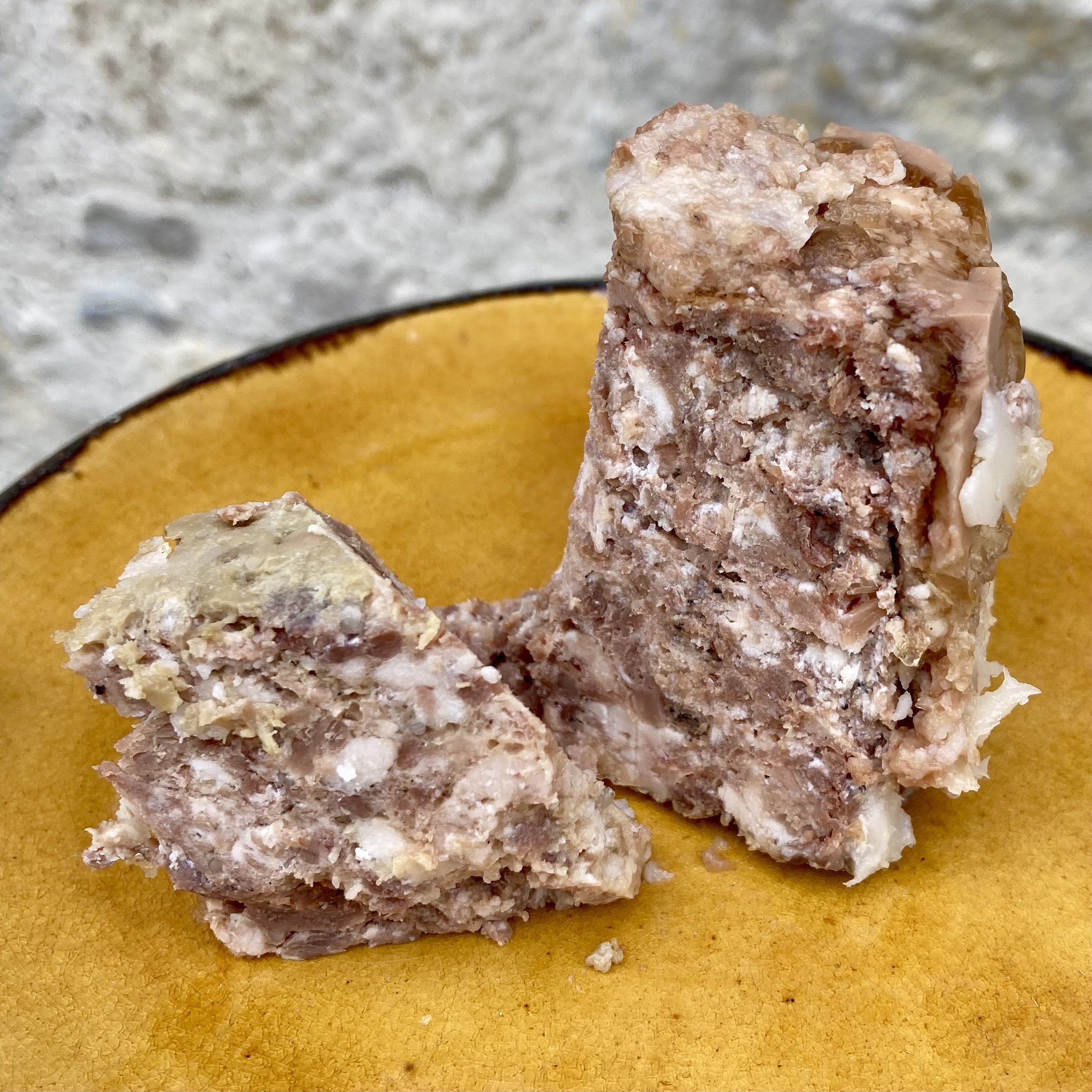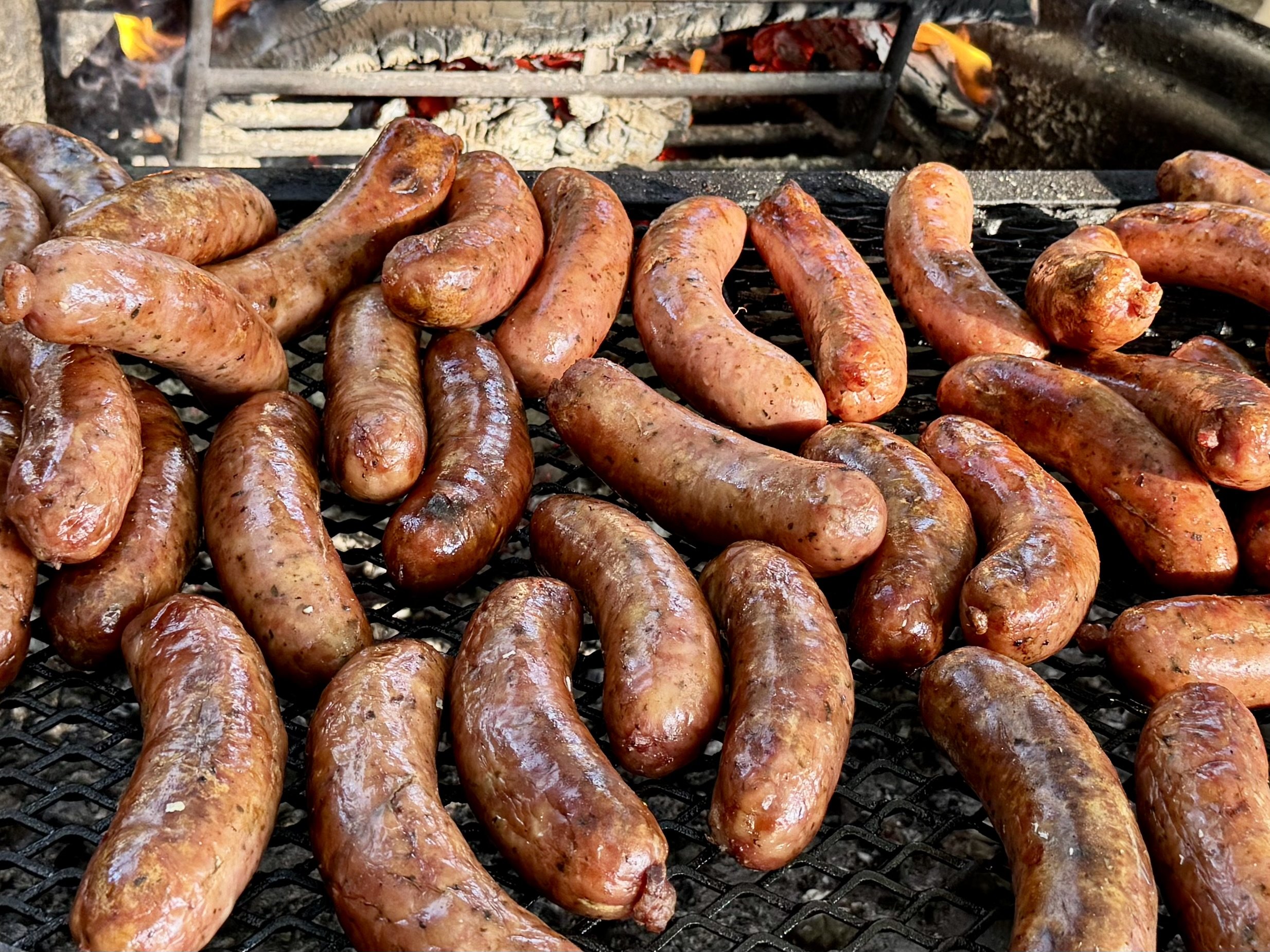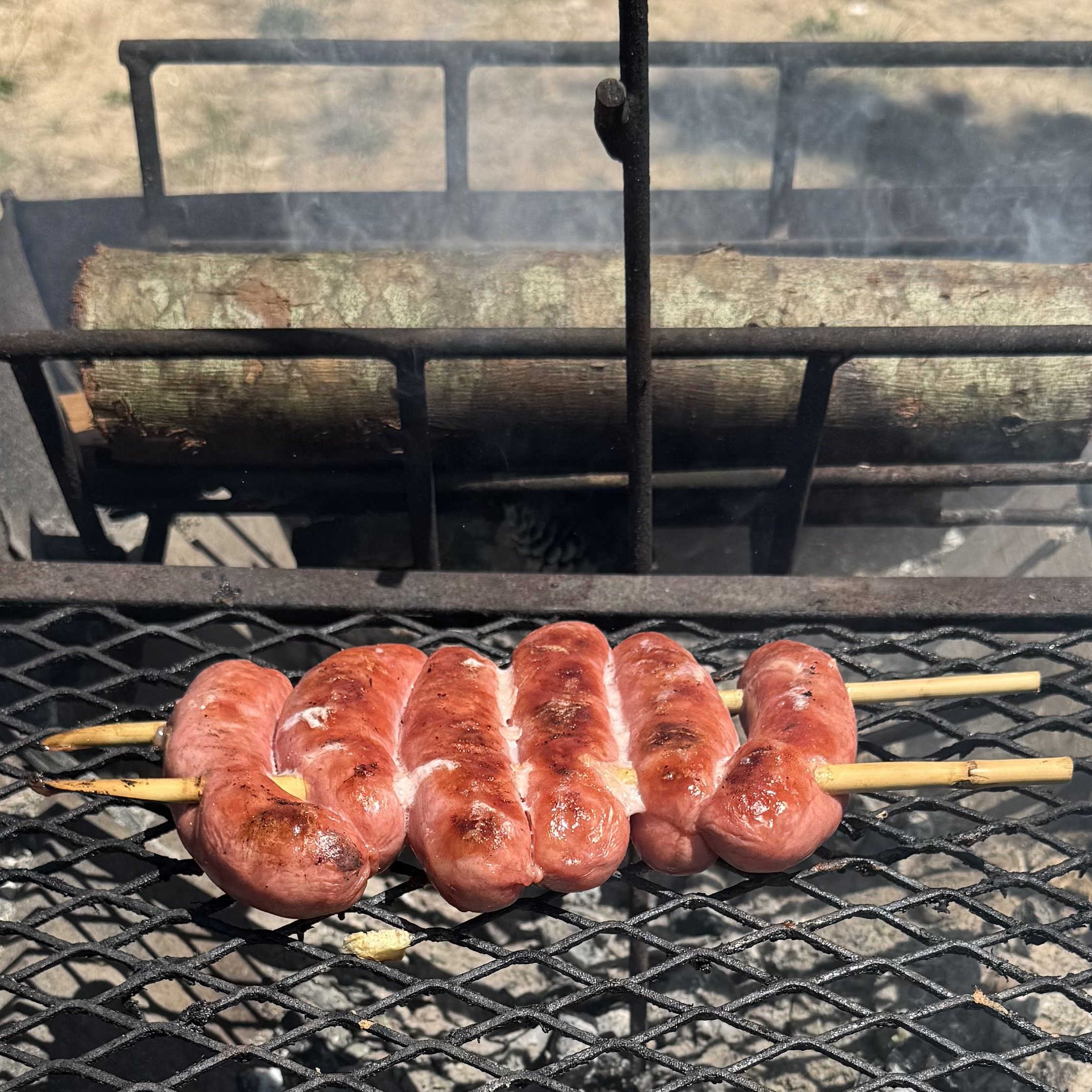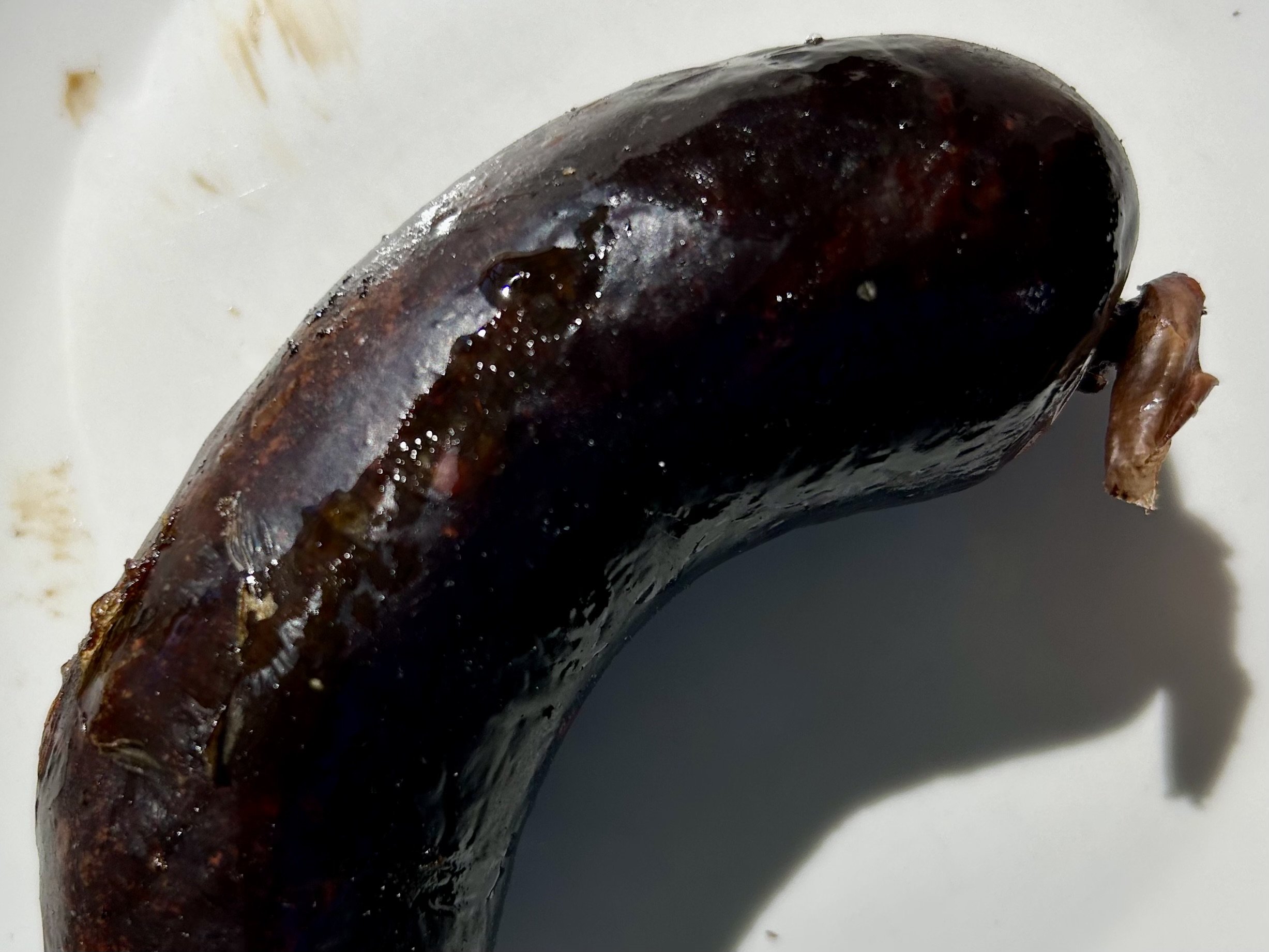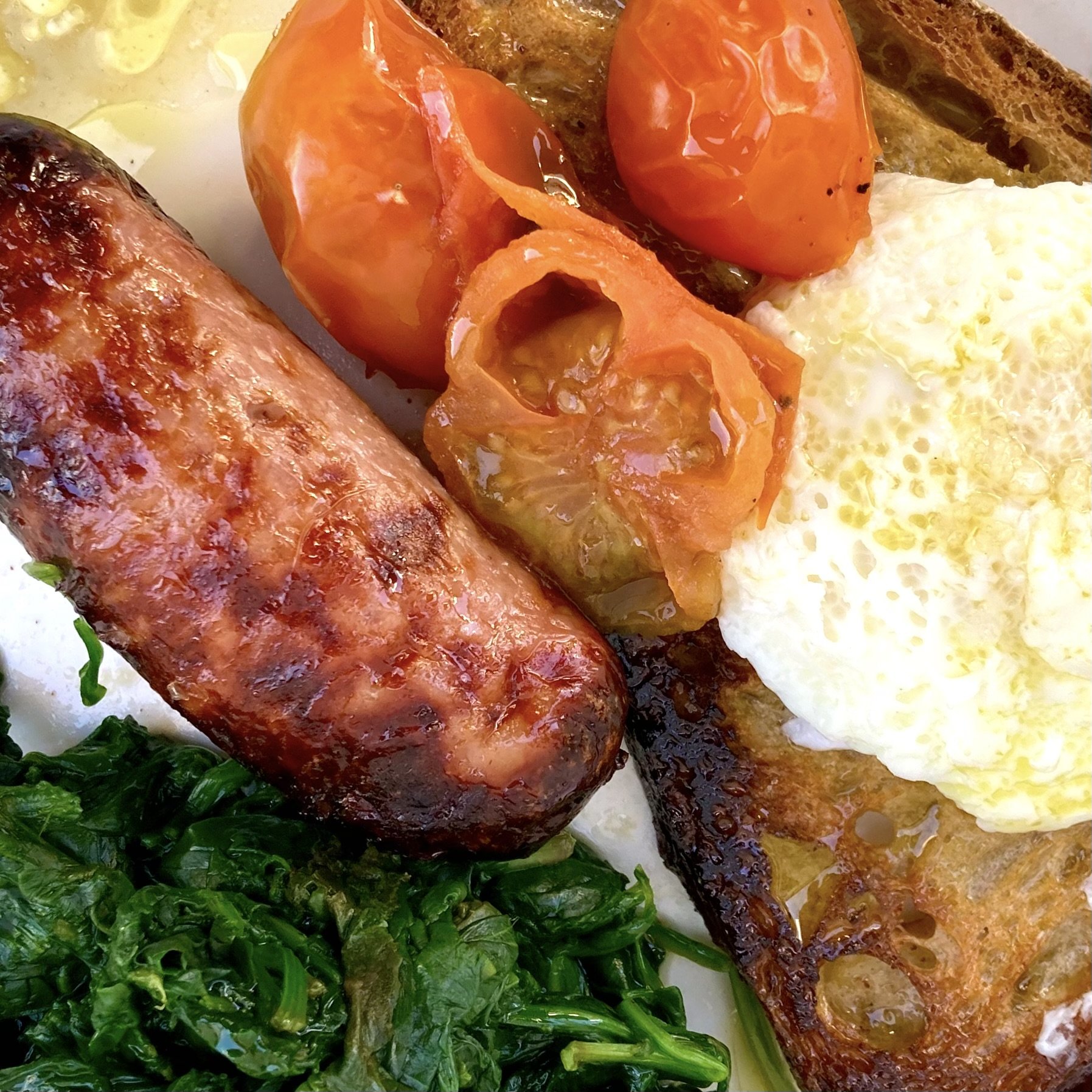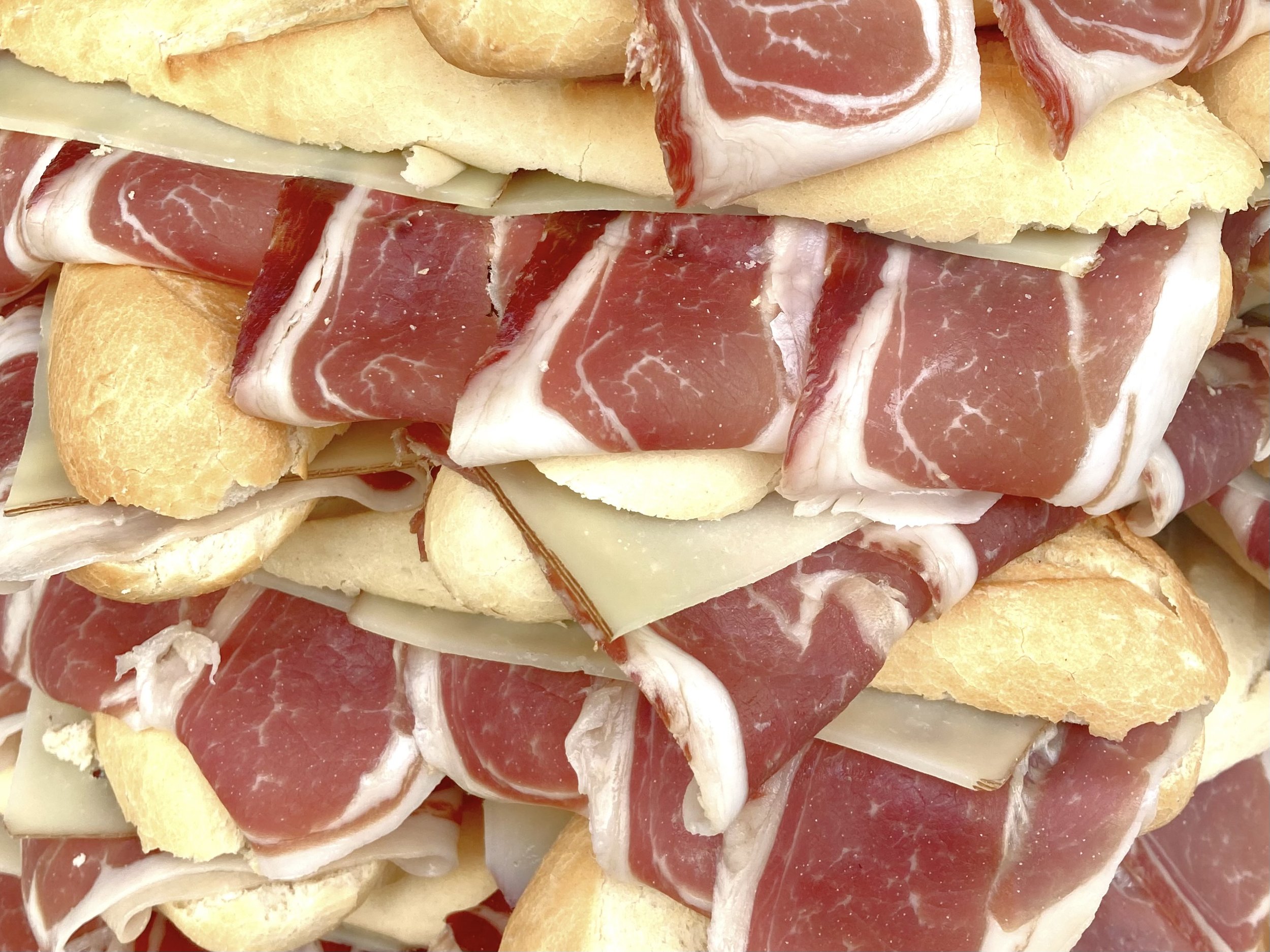Cheese, eggs and meat.
Cheese, eggs, and meat are “complete proteins,” providing all nine essential amino acids necessary for building and repairing tissues, supporting immune function, producing enzymes and hormones, and maintaining overall health.
Cheese.
Cheese is a concentrated dairy product made by coagulating milk proteins (mainly casein) and separating the curds from the whey. Its origins date back thousands of years, as a way to preserve milk. The origins of cheese-making are traced to the Fertile Crescent where early herders likely discovered it accidentally 7000 years ago. By 2000 BCE, cheese production was established in Mesopotamia and Egypt, as evidenced in tomb paintings and texts. Greeks and Romans refined techniques, introducing aging and flavor variations. During the Middle Ages, European monasteries innovated many classic varieties. Over time, cheese evolved from a preservation method to a culinary art reflecting regional cultures and traditions.
Cheese offers important nutrients (protein, calcium, and vitamin B12), but its richness in saturated fat and salt calls for moderation in some diets.
The enormous variety of cheeses reflects differences in milk type (cow, goat, sheep), bacterial cultures, processing methods, aging time, and regional traditions.
Chèvre frais are fresh, soft, and spreadable goat cheeses. They are similar to cream cheese, but have a fresher profile, lower fat content, and minimal processing.
Eggs.
Eggs have been a vital food source for humans since prehistoric times, long before domestication. Early hunter-gatherers foraged wild bird eggs for their high nutritional value.
Domestication of poultry, particularly chickens, likely began around 1500 BCE in Southeast Asia, with evidence of domesticated chickens spreading through India, China, and eventually to Europe and Africa.
Ancient Egyptians, Greeks, and Romans prized eggs not only as food but also in religious rituals and symbolic traditions.
By the Middle Ages, eggs were a dietary staple in Europe, valued for their versatility and importance in fasting periods when meat was restricted.
Over millennia, eggs have remained a simple, nourishing ingredient fundamental to both everyday meals and fine gastronomy.
Soft boiled egg, ~ 6 minutes. Start timing when the egg is added gently to boiling water. The most consistent results are achieved with room temperature eggs. For easy peeling and to prevent overcooking cool the boilded egg quickly in ice water. Note: Orange or red yolks are due to the plant pigments in the pastures and insects that free range hens consume outdoors.
Steam frying eggs. Steam gently cooks the top of the eggs without the need to flip them.
To prepare: Crack the eggs into the pan once the oil is hot, and let them cook for a few seconds until the whites begin to set around the edges. Add a tablespoon or two of water to the edge of the pan (avoiding the eggs) and immediately cover with a lid. Cook for 1–2 minutes, until the whites are fully set and the yolks are cooked to your preference.
For crisper edges, use more oil and allow the eggs to cook for 20–30 seconds longer before adding the water. For softer whites, add the water earlier — as soon as the whites begin to set — and use lower heat. For fully set yolks, extend the cooking time by an additional 30–60 seconds under the lid.
Steam fried eggs, sourdough toast.
Hard boiled eggs, tomato, on sourdough toast.
Deviled eggs, topped with anchovy fillets. Hard-boiled eggs are filled with a paste made from the egg yolks and other ingredients such as mayonnaise and mustard.
Scotch eggs are wrapped in sausage meats, breaded and deep fried (or baked).
Meats.
Meats have been a central part of the human diet since prehistoric times, with early hunter-gatherers relying on wild game for sustenance, tools, and clothing.
The domestication of animals for meat began with sheep, goats, and pigs ~ 10,000 years ago in the Fertile Crescent. It transformed human societies, enabling settled agriculture and more reliable food supplies.
In Ancient Egypt, Mesopotamia, and Rome, meat was prized but often reserved for the wealthy or for religious sacrifices.
During the Middle Ages, hunting and animal husbandry evolved alongside culinary traditions, with different cuts and preparation methods reflecting local customs and resources.
Roasting/grilling meats.
Meat was slowly grilled on embers. Note that fattty parts are kept on top to facilitate the seapage of fat into the meat during cooking. (Courtesy: Ig Oribe, Montevideo).
Basic steps.
1. Prepare the meat. Tender cuts (ribeye, sirloin, or chicken thighs) cook with more ease. Rub with olive oil, salt and pepper or marinate. Add herbs, garlic, or lemon juice.
2. Gas or charcoal grills: preheat to medium-high heat for 10–15 minutes. Grill pan: heat over medium-high heat until hot.
3. Grill times and temperatures.
Chicken breasts or thighs: 5–7 minutes per side (internal temperature =75°C/165°F).
Steaks: 3–5 minutes per side for medium-rare (57°C/135°F).
Pork chops: 4–6 minutes per side (63°C/145°F).
Asado banderita, thin cut short ribs. Cut thick, it is an asado. Potatoes were cooked wrapped in foil.
Ham and cured meats.
Cured meats are one of the earliest methods for preserving food. Salting and drying meat were practiced in Mesopotamia, Egypt, and China as early as 3000 BCE. Greeks and Romans refined curing techniques, adding smoking, spices, and fermentation to create more complex flavors. Roman writings describe early forms of sausages and hams, many of which laid the foundation for European curing traditions.
During the Middle Ages, curing became an essential part of rural life, with each region developing distinctive specialties such as prosciutto, salami, and jamón, shaped by local climates, animals, and customs.
Proscioutto de Parma, Parma ham, is an Italian uncooked ham from the rear haunches of the pig that is cured with salt. Similar types of dry-cured ham include prosciutto San Daniele and speck (Italy), and jamón ibérico (Spain).
Bresaola is an Italian air-dried, salted beef from the lean and tender eye of the round cut.It resembles prosciutto, though made with beef instead of pork.
Coppa, is a dry-cured Italian cold cut made from the neck or shoulder of a pig. It is often compared to prosciutto but comes from a different pork cut.
Cooked ham (prosciutto cotto), an Italian brined, cooked, and lightly seasoned ham. Here, pa amb tomàquet, a traditional Catalan dish of ham on bread rubbed with with ripe tomato.
To prepare: Rub a ripe tomato side directly onto lightly toasted bread allowing the juices soak in (the bread can be first rubbed with garlic). Add extra virgin olive oil and salt to taste.
Mortadella, an Italian sausage made from finely ground pork.
Prosciutto di Parma, also known as Parma ham, and Mortadella. Prosciutto di Parma, a ham from the hind legs of specially bred pigs, is cured with sea salt for at least 13 months.
Paté and foie gras.
Pâté is a preparation of ground or finely chopped meat, liver, fat, and seasonings, served either smooth or coarse, often with bread or pickles.
Foie gras is the specially fattened liver of a duck or goose, prized for its rich, buttery texture. While foie gras can be used to make pâté, not all pâtés contain foie gras.
Pâté is a general style of preparation; foie gras is a specific, highly valued ingredient.
Foie gras, homemade (near Agen, France).
Paté.
Some popular eggs, meats and cheese combinations.
Full English breakfast. It includes sausage, fried egg, grilled tomatoes, spinach and toast (or fried bread), to which bacon, mushrooms, black pudding, and baked beans may be added.
English breakfast with sausage, ham, eggs, and beans.
Bocadillo, a Spanish sandwich, with jamón (cured ham) and cheese.

